Once again The Teaching Course has turned the Innovation Loft in New York City into the place to be for medical educators.
So of course the scanFOAM team are present in the form of me, Sandra. I’ve brought my colleague, friend and future wee-people doc Camilla for her first ever NYC visit and what better way to make that visit memorable by having her witness this education extravaganza.
The morning was kicked off by Rob Rogers with the John Hinds Plenary.
Rob, who suffered an MI just this July and tweeted the whole thing shared his amazing and very personal story.
And what a story. He retold the details of how it felt to experience our world from a patient viewpoint and how educators have a huge impact on patient care.
He described how, during his treatment, he was looking around the room and at people present and felt an overwhelming sense of calm and of being taken well care off by providers who had been educated …. educated to go beyond average and not leave him alone. Something we also all remember John Hinds advocating for.
Take home message – Rob may be an educator extraordinaire and know how time is myocardium, but when you go to the ED – make sure you are wearing clean underwear and on a more serious note, don’t wait for a wake up call like this – take care of yourself – you are vulnerable – eat healthy, exercise, and visit your doctor once in a while! (especially if you’re a man!)
The remaining focus of day 1 was on presentations
Scott Weingart gave an AMAZING talk on 12 steps to recover from bad presentations:
- Admit you have a problem! – you overload with text, you kill the audience with bullet points and you present poorly.
- Choose your topic and your purpose, and choose with passion or it will come off as flat. Zoom in and find your purpose. Aim to inspire your audience which requires you know who your audience are.
- Create brain storming spaces – find your “Idea hole”. Mind maps on paper or online. Go with the flow and then turn that brainstorm into an outline. And do this early – on the day you receive your invitation to speak. This kicks off the unconscious processing that almost creates your talk for you. Create a folder on your computer where you save images, background literature, videos etc.
- Choose a structure. Tell a story and use frames such as “top 10″, ” 12 steps”, ” the rule of threes”; this creates constraint. Then rehearse your structure – and rehearsing means to act it out – loud! Embrace your inner schizophrenic for a moment. It’s ok to talk to yourself.
- Add the flesh: Emotion, evidence, rhetoric and stories.

- Work the transitions – to create flow and elegance to your representation. And don’t shy away from repeating your take home messages. Your audience will thank you for emphasising the important.
- Visualise the visuals – this is the first time you open up a slide deck. Decide which messages deserves an accompanying slide.
- Edit to time – no one! no one! absolutely no one! will get mad with you from talking less time than you were assigned. But they will not applaud you for going over time!! And editing to time will also free you from panicking and thinking “I wont finish on time”. As a rule of thumb: aim for 3/4 of the time you’ve been assigned.
- Mark the stage. Where do you want to position yourself? do this – it will also help you remember stuff.
- Create a handout! They say they want your slides – They don’t! They want an outline, reference list, a podcast or something similar. They don’t want your slides!
- Now – Give it for real and record it! This is the best way to improve – just like athletes who watch their performances to see the mistakes they make.
- Rehearse it again and again and again! And then ten more times.
Haney Mallemat went on to talk to us about some of the greatest speakers of all time. And oh – they had no slides!
But when we do use slides – remember that the slides are the visual soundtrack to your presentation – not a presentation of the lyrics.. in bullets…!
Then we were introduced to the 3 2 1 rule.
- Three colours – no more than three colours – and pick them wisely!
- Two fonts – no more than two different fonts or styles.
- One! image pr slides.

When it comes to colors – know the psychology behind different colors. Make the colors match and pay attention to contrast. Try this page for help on the topic.
Fonts: Avoid fonts with feet, and script-like fonts. Choose two, a main and an accent, and visit dafont.com, but make sure that the fonts are ubiquitous or embedded in your presentation if you’re not using your own computer for the presentation.
Images & videos – One – pick one that triggers emotions. That way the images will be the visual soundtrack to what you are saying and trigger people’s memory through the emotional connection.
Looking for free or cheap images? Try some of these resources.
Number three in line was Ross Fisher on how to deliver your talk.
Ross is the creator of this blog and the p-cubed method of presentations:
- p1 – story,
- p2 – supportive media
- p3 – delivery
So he gave an example of how NOT to give a presentation by delivering the worst presentation of his life to huge amusement for the entire room.
He then went on to tell us how to nail that p3.
He started out reminding us that not none of the excellent speakers we hear are born that way. They train and rehearse deliberately to reach that level of superior performance.
He then assured us that the audience always want us to succeed. Nobody shows up to see you fail.
To prevent failing remember the 5 P’s (Proper Preparation Prevents Poor Performance) [Ed: Yes, the editors are aware of a less appropriate 6P version..]
- Test your slides at the speaker’s preparation area
- Get there early
- Test microphone, computer etc
- Pick a seat close to the podium so you can make it to the stage easily
- Talk to the chairman so he knows your topic and as a minimum knows how to pronounce your name.
Side note:
In case you’re keen to improve your presentation skills – join us in Copenhagen in January 2017 for our presentation skills workshop #P3CPH where Ross Fisher and actor Ulrik Jeppesen are ready to make you into a presentation champion.
After a lunch break where educators from Australia to Canada got to know each other it was time for the afternoon session.
Chris Hicks, our go-to expert in anything simulation and a researcher in team performance, talked about how performance science can help us in presentation delivery.
Being on stage can be perceived as a threat to many of us and we all know and remember those moments just before presenting where the heart is racing, the mouth is dry and hands are shaking.
We’re anxious we won’t remember what we are about to say or that we’ll just sound plain stupid, we fear that our slides won’t work, and wonder who’s is in the audience that can add stress to the experience, and so on.
The key is learn to control your level of arousal and find that ideal performance state.
Know that you can’t just do it even if that is what Nike try to convince us
Know that your emotions affect your level of arousal which again will affect your performance.
Så aim for the ideal performance state at the peak of that yellow area:
The following tips and techniques may help you get in the zone at the right time.
First, create a performance calendar to guide your preparations
Months to weeks before: “Act as if” – you don’t have to be your true self. It’s a stage persona you bring with you to do it.
Weeks to days before: Mental practice – and when you do you have to visualise from start to finish in real time without interruptions in an environment that resembles the actual as much as possible.
Minutes before: Zoning in – music can help. But pick whatever works for you. It just has to be something that can help create that much needed focus.
Game time: Power pose – try it! It works – I know! This is me minutes before I went on stage for my smaccdub talk. Self talk and cue words are also helpful.
Learn how to breathe!! Use tactical breathing (or yoga breathing, but don’t tell Swami I called it that!). It works wonders on your nerves and performance.
Know that coming down after a talk is also important. Exercise, socialise, breathe, dance – find your thing. And expect that when the initial relief from being done is over – you’ll want more . Giving good talks are addictive ;-)
Last talk of the presentations skills part of the programme was our St. Emlyn’s friend Iain Beardsell talking about communication skills.
He emphasised that effective communication by good presenters is about being passionate and making people feel something.
You should know that how you feel as a presenter will affect your performance. Are you hungry, sad, tired? Your performance will tell. So take care of yourself. Make yourself happy. It’s contagious. On and off stage.
Know that what you say and do on stage can either win the room or turn the room against you.
Avoid swearing, be careful with politics, humour and above all don’t be rude. Be genuine, be kind, be passionate and, if possible, add a British accents – that will always get you far.
To strengthen your communication skills read this also from St Emlyn’s.
The afternoon ended with a smashing performance and talk from Jordana Harber talking about how you move from vision to action which nicely kicked off tomorrow’s topic of curriculum development.
Any vision struggles to become reality. All educators are aware of the struggle of how to make a change. How difficult it is to implement new things. The process of change goes through specific stages you need to be aware of when making change, e.g to your curriculum.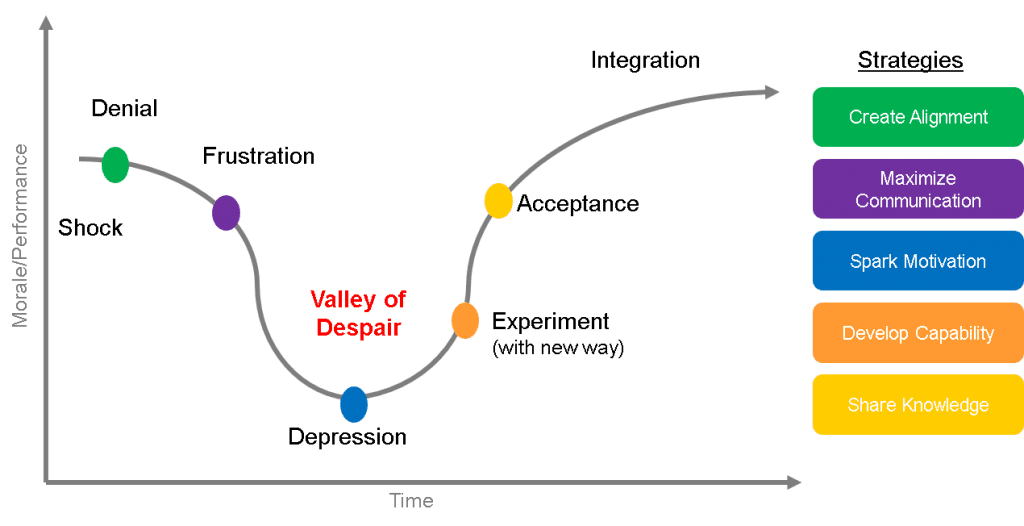
To make a successful implementation start off with a needs assessment. That way you understand what is needed and what gaps are present. This will also create a faster buy-in from the people in the receiving end, when the problems you solve are also perceived as problems by the learners.
Be clear on your main goals and objectives and stick with them.
Know your desired outcome and know how to measure them! If you want lasting funding for your project make those measurable outcomes patient oriented!
Identify the factors and forces that could affect your vision. Those come from the environment, the organisation, the culture and climate in your department and the mindset and behaviours of leaders and learners.
Know what you bring to the table – your personal characteristics that can help impact your desired change.
Identify your supporters, resisters and maybes and tailor your approach to each group.
Know the steps of implementing change. These are many! Reading up on organisational psychology can be helpful.
Tomorrow’s programme will go into more depth on the topic of curriculum development so stay tuned!
I hope you enjoyed this recap of day 1 of #TTCNYC16. Stop by tomorrow for day 2.
Vb/ Sandra
Before you go:
Follow the hashtag #TTCNYC16 and @teach_institute on twitter for amazing educational content.
Go to livestream and follow The Teaching Institute so you won’t miss a thing when content is shared online as #FOAMed.
If you want to take part in this absolutely fantastic must-go-to course for clinical medical educators join us in Copenhagen in june 2017 for das Teaching Course.
Star skater, simulationista by day, anaesthesia by night and #meded choreographer. Coming to a SIM room near you. With a shark.

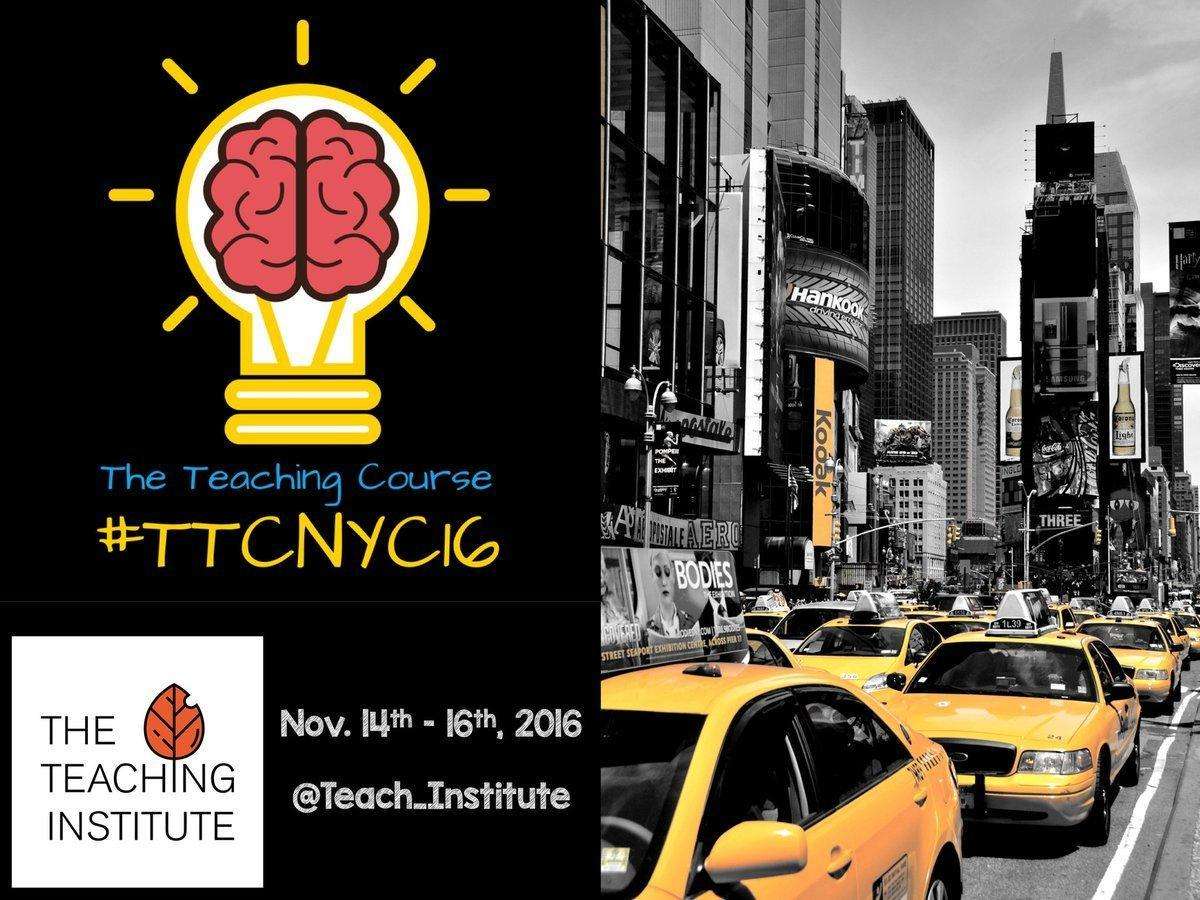
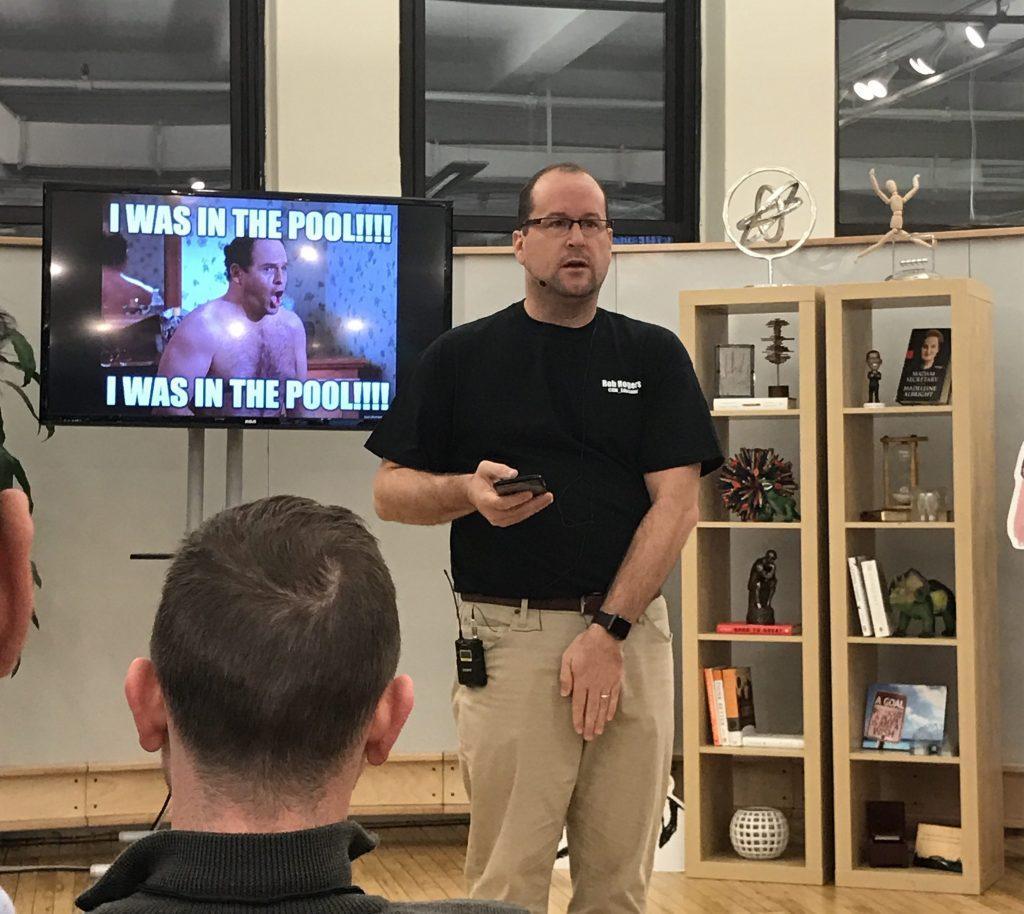
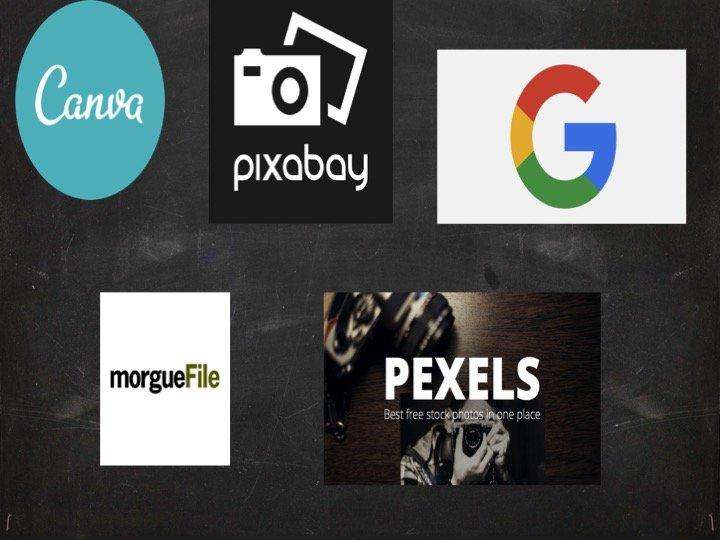






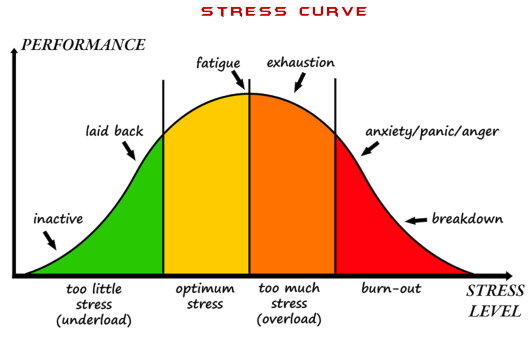








Amazing blog . How did you find the time!
Thank you Andrew – Did it on the run.. wasn’t easy – need holiday when this is over ;-) thanks for reading and commenting!
Great stuff Sandra
Almost feel like i was there!
complemented the Twitter feed and filled in some gaps.
Looking forward to the other days wrap ups…. you don’t need sleep :-)
More and more people today have told me that I look like I do ;-) but #FOAMaoke is on tonight so that won’t happen…. thanks for stopping by and leaving a comment!
This is a really great blog! So glad I have this in addition to my written notes to remember everything!!
Thank you Angie – happy to help
/ Sandra